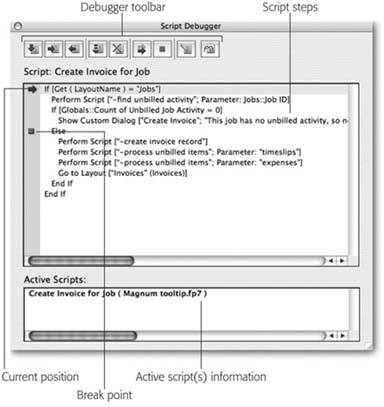
As always, your specific application needs will dictate how you proceed and one solution does not fit all. There are also some who will say you should not use a POST request for every AJAX call as I’ve suggested. That information doesn’t change very often so there is no need to make a fresh request every time. For instance, a high traffic application which gets your profile name on each page load. There are reasons why you might want to cache the response for GET requests. Disbable cache for all jQuery AJAX requests $.ajaxSetup() Final Comments ("Cache-Control","no-cache,no-store") jQueryįinally, if you’re using jQuery, you can specify that you don’t want to cache the response from your AJAX requests either across the board using the $.ajaxSetup() method or on a per request basis. By specifying the “Cache-Control” header with a value of “no-cache,no-store” and returning it with the web service response you can instruct the browser not to cache the result. You can also prevent caching by sending additional headers along with your response. Var myRequestURL = '/get/somefunction?buster='+new Date().getTime() Response Headers This does not prevent the browser from caching the response however, it only prevents it from reusing the cached value.

A cache-buster is a dynamic parameter that you append to a request which makes each request unique, most commonly a random number or the current date/time ticks. Cache BusterĪnother option is to use a “Cache Buster” parameter in your request. It’s usually a minor change to switch over from GET to POST on both the client and server side. One option is to simply use POST requests instead of GET requests in your application. There are several ways to prevent AJAX requests from being cached. The Solution(s)įortunately, fixing the issue is easier than identifying it. Once IE has successfully made a GET request, it will no longer even make that AJAX call until the cache expires on that object. Internet Explorer, in its wisdom, will automatically cache responses from GET requests while other browsers will let you decide if you’d like to cache the result or not. What is happening is that you’re likely making a GET request to a web service for your AJAX call. The requests are not being made at all, they are being totally ignored by Internet Explorer. When you do the same with Internet Explorer you’ll notice something strange happen, or rather, not happening.

When you fire up Fiddler and start putting some requests through using a non IE browser you’ll see the request get made and the response come back without a problem. It’s then that I turn to Fiddler, the fantastic http traffic inspector.

With Internet Explorer, the development tools are so poor you can barely debug CSS issues, let alone javascript problems. Using this invaluable tool I check to make sure the requests are being made properly, check for any response issues, and so forth. When an issue of this nature pops up I usually start the investigation by using FireBug in Firefox. Requests work just fine the first time you tryĪs data is modified, you realize that you’re still seeing old resultsĮverything appears to work correctly in other browsers In fact, it cropped up in my office three times over the past 2 weeks! The Symptoms It’s possible though that this is a very common problem. This can be a frustrating issue to debug. Internet Explorer 8 Developer Tools in a JavaScript debugging session.
JAVA SCRIPT DEBUGGER FOR IE8 WINDOWS
If you’re like me, this usually dawns on you toward the end of a project while you’re testing because, well, what self respecting developer uses IE on a daily basis? Windows Internet Explorer 8 (IE8) is the eighth and, by now, discontinued version of the.

Set all Internet Explorer security levels to the same level for everyone.Check if the proxy configuration is the same for the users that are experiencing these errors.In order to confirm if you're experiencing the error mentioned above, please, check the following points: See an example of JavaScript errors regarding IE 8: It appears on the dashboard page even before logging on. SymptomsĪfter upgrading JavaScript, the users can see JavaScript errors on Internet Explorer 8.
JAVA SCRIPT DEBUGGER FOR IE8 UPGRADE
See list of " End of support announcements " from Confluence 5.6 Upgrade Notes. This documentation will only applies to Confluence prior to version 5.6.x as IE8 has been deprecated in said version.


 0 kommentar(er)
0 kommentar(er)
